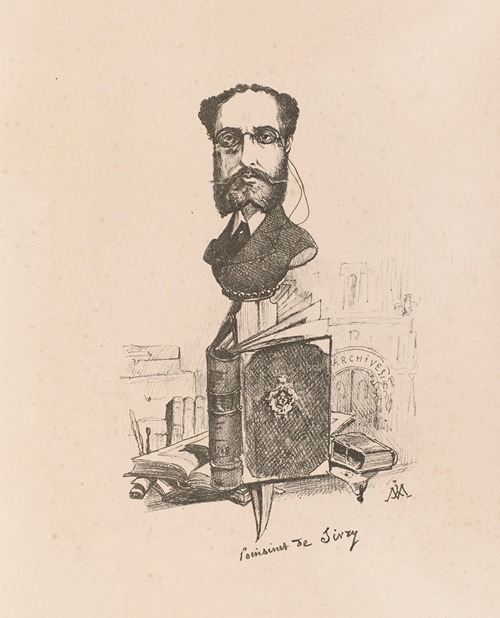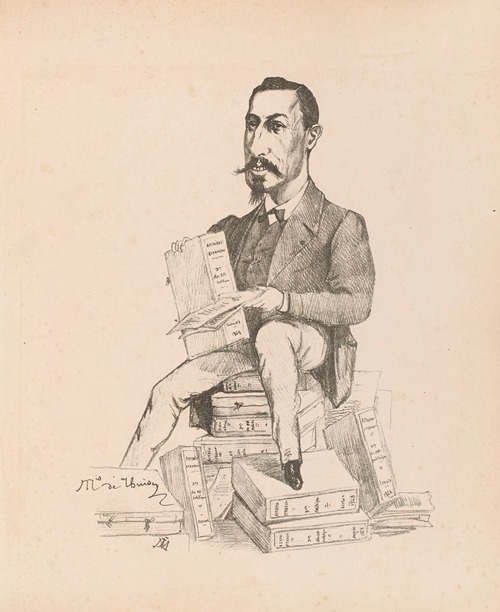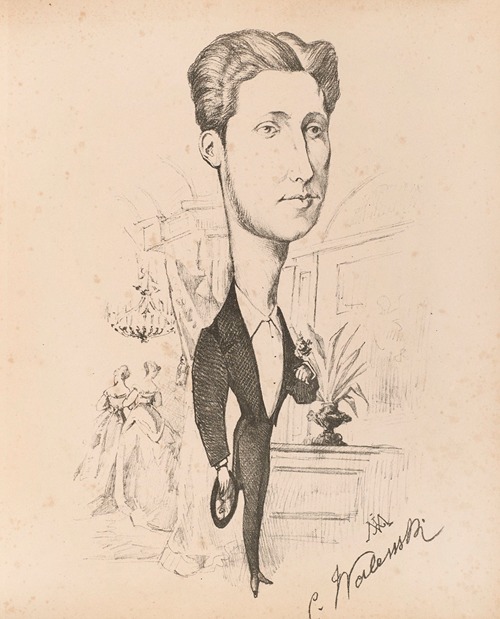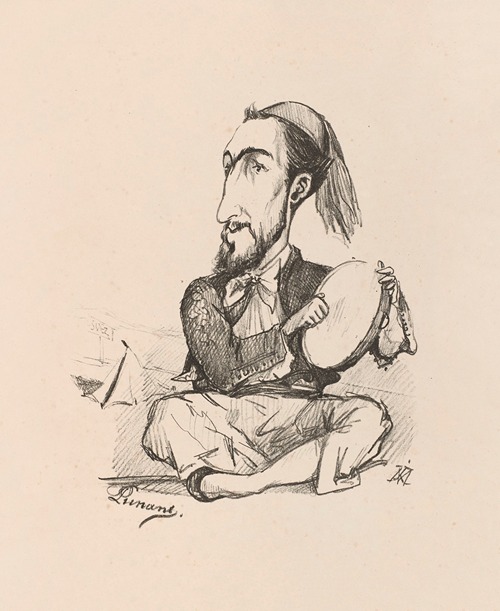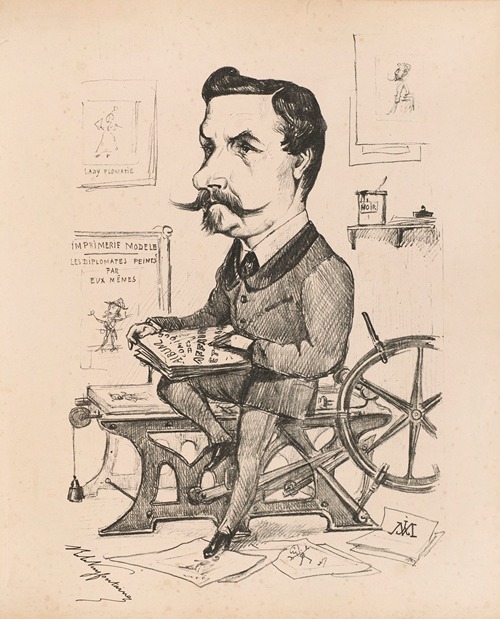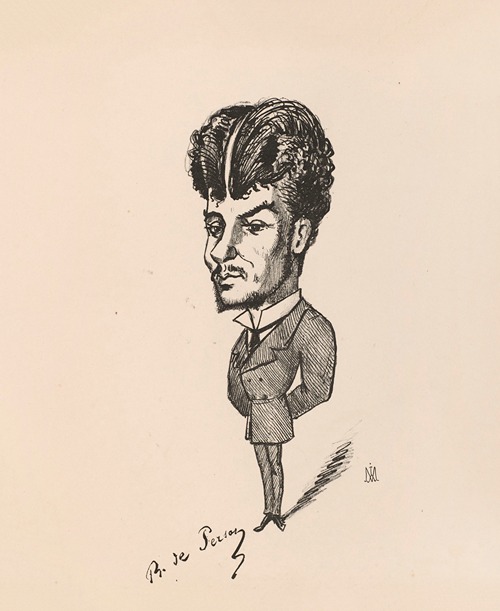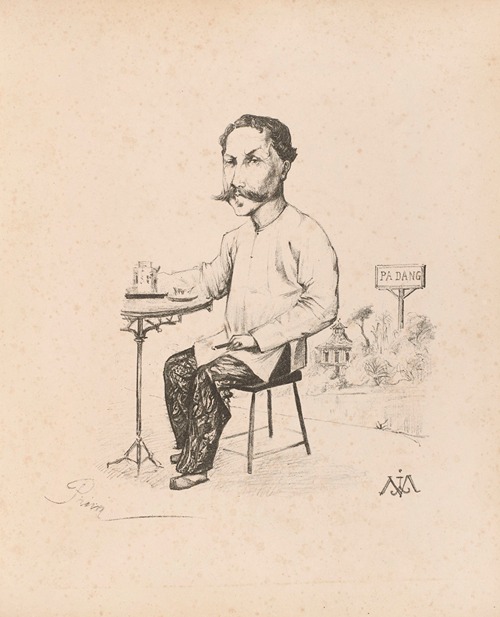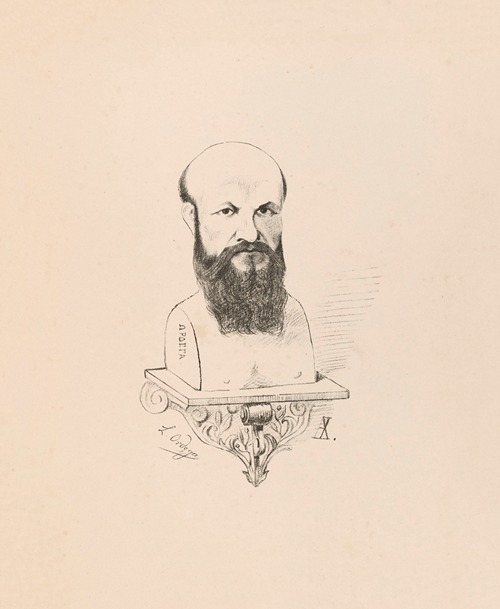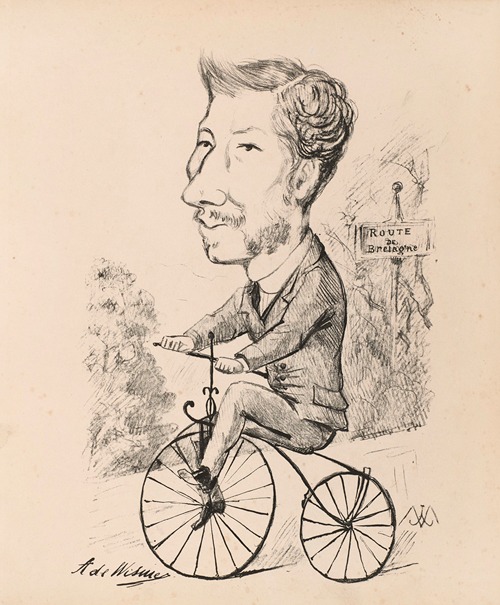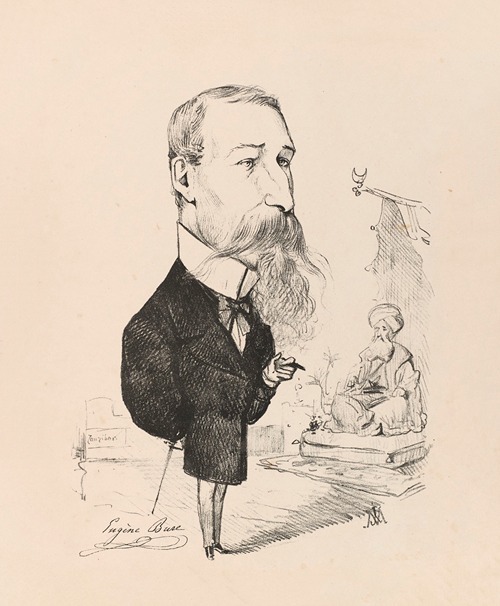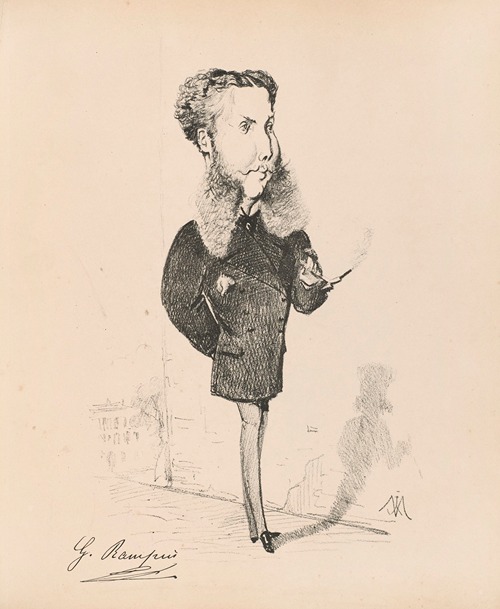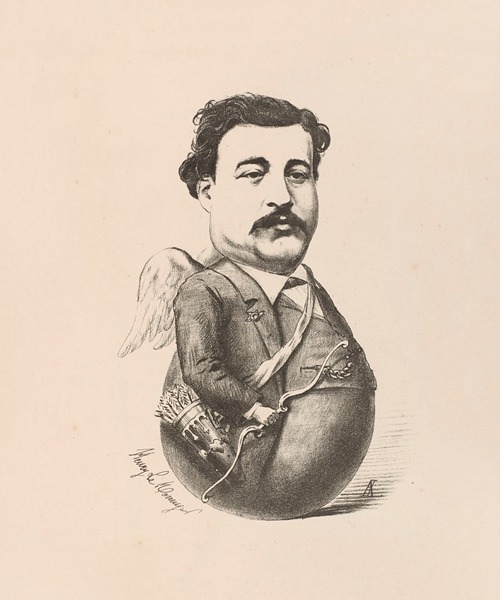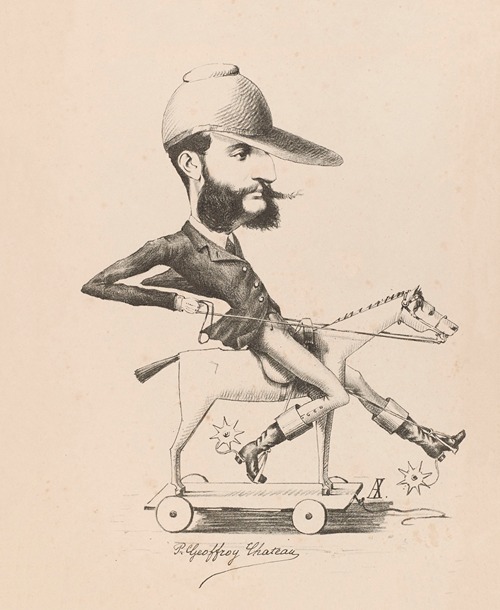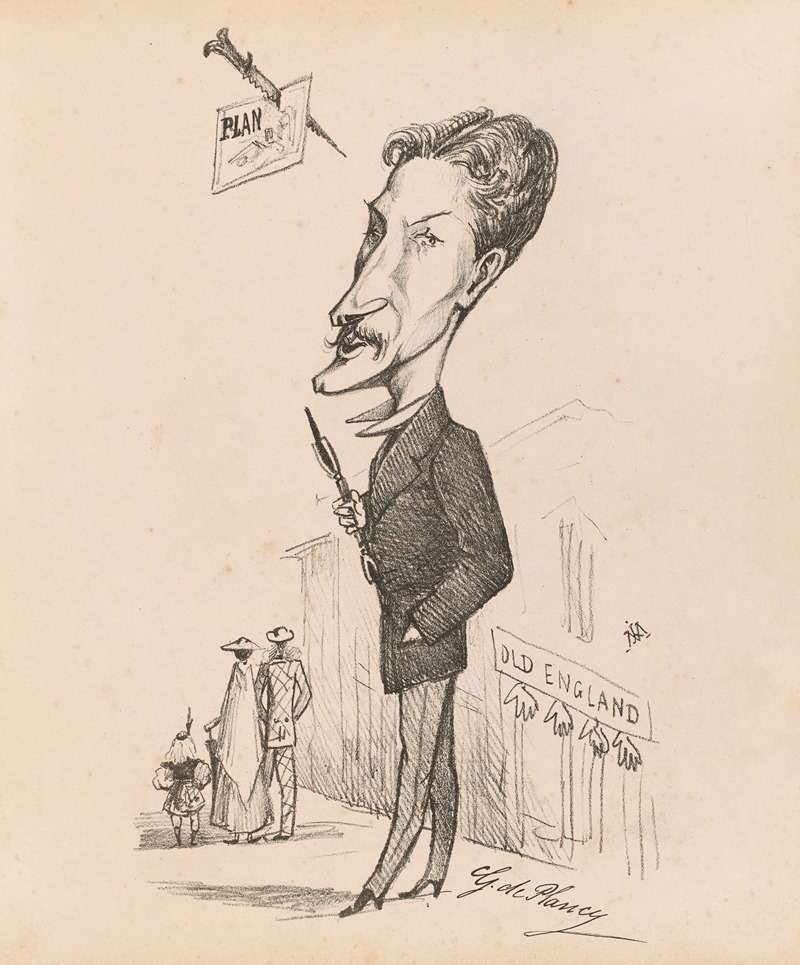
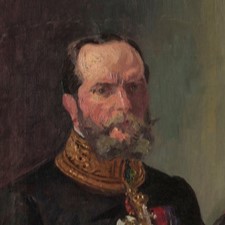
Joseph Hippolyte Gabriel Mollard was born in Grenoble on December 4, 1833, the son of Joseph Mollard and Rosalie Bourgeat. He belonged to a family of goldsmiths who had been active in Grenoble since the 18th century. His brother Auguste Mollard (1836-1916) continued the family business, distinguishing himself in particular as the creator of the process for manufacturing so-called translucent enamels.
Joseph Mollard began his diplomatic career in 1852 as an attaché in the protocol office. After rising through the ranks, he was appointed ambassador introducer on January 22, 1874. As his biographical entry in P. Larousse's Grand Dictionnaire universel states, he "had a thorough knowledge of the complicated formalities involved in presenting ambassadors. However childish it may seem, the duties of ambassador introducer are of great importance in international relations. Forced to retire for health reasons in 1886, he was replaced by his son Armand. He died on August 24, 1888, at the Château de la Roche-Giffard, in the commune of Saint-Sulpice-des-Landes (Ille-et-Vilaine). He lived at 99, quai d'Orsay in Paris.
He was made a Knight of the Legion of Honor on August 8, 1865, and an Officer on August 7, 1877.
He was also an artist specializing in engraving. He was a student of Henri Blanc-Fontaine, a painter from Grenoble and one of his cousins. He exhibited four times at the Salon.
He was one of the major contributors to the Album comique du Ministère des Affaires étrangères (Comic Album of the Ministry of Foreign Affairs). This is a collection of picturesque charcoal portraits of 135 agents of the ministry, caricatured in their professional or private lives by seven of their colleagues. This collection, published in 1869, had a print run of 215 copies. Joseph Mollard is the author of 82 caricatures, including one in which he depicts himself.
Finally, in 1861, he published a collection of nine etchings depicting landscapes and monuments of the Dauphiné region, entitled Souvenirs du Dauphiné, with Cadart in Paris.


